How Does a Hybrid Inverter Work as a VFD?
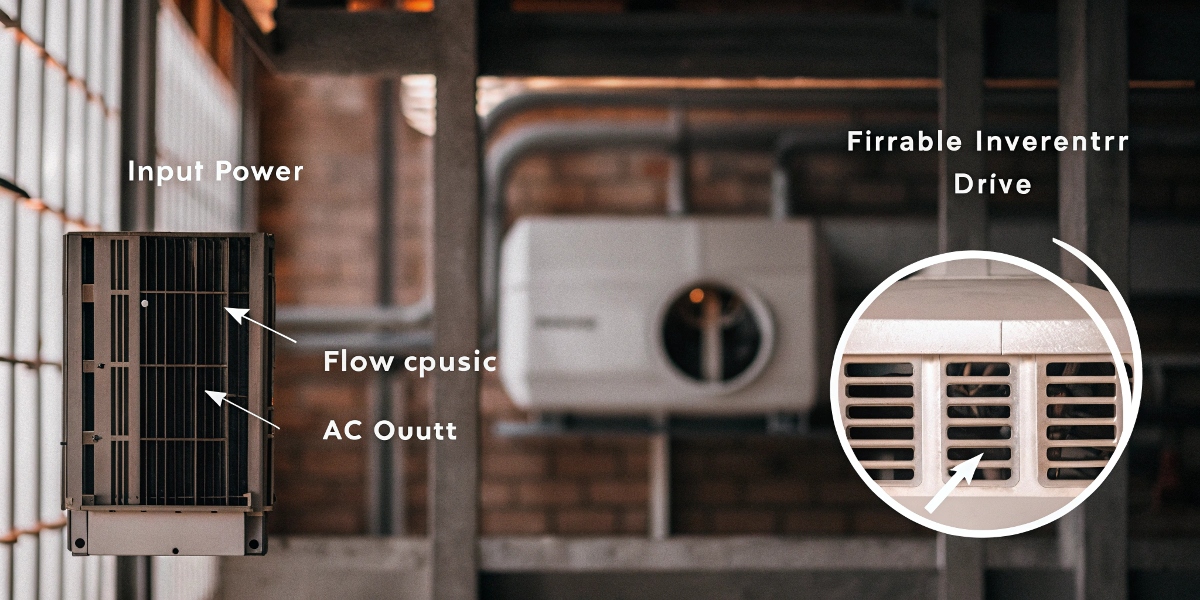
Struggling with high energy bills and unreliable motor performance? Traditional systems can't adapt, costing you money and risking downtime. A hybrid inverter acting as a VFD changes everything.
A hybrid inverter works as a VFD by converting DC power (from solar/batteries) or AC power (from the grid) into a variable frequency AC output. This precisely controls motor speed, optimizes energy use from multiple sources, and ensures stable, efficient operation for your machinery.
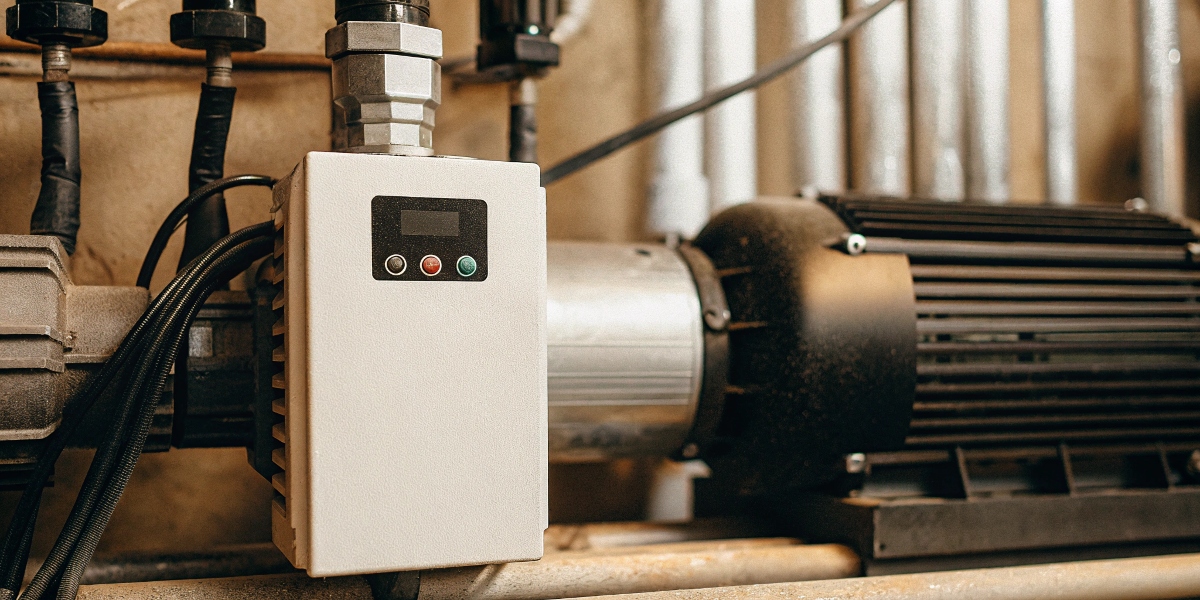
It might sound complicated, but the real power is in how it combines several jobs into one smart device. Over my years in the power industry, I've seen clients transform their operations by adopting this technology. It's more than just a component; it's a new way of managing energy1. Let's dig into how this powerful combination works and what truly sets it apart from the standard equipment you might be familiar with.
What is the difference between VFD and hybrid inverter?
Confused by all the technical jargon? Choosing the wrong device can lead to a wasted investment and poor performance down the line. Let's make the key differences simple and clear.
A standard VFD (Variable Frequency Drive) only controls motor speed using a single AC power source. A hybrid inverter does this too, but it also intelligently manages and blends power from multiple sources, like solar, batteries, and the grid, for maximum efficiency and backup power.
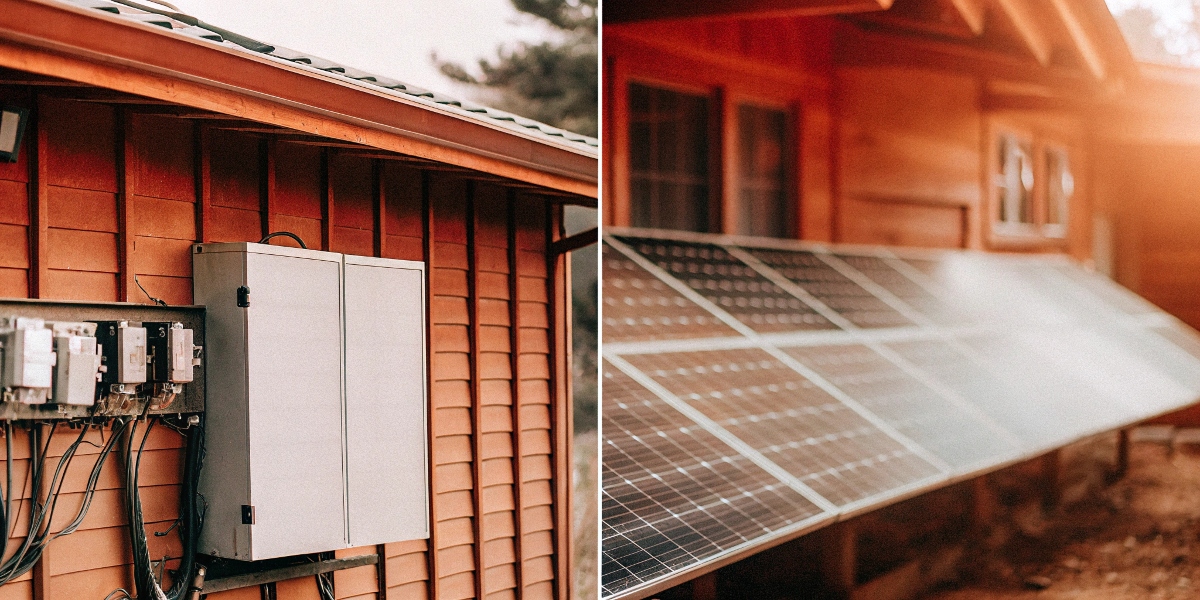
Focus on the Core Function
I often tell my clients to think of it this way: a standard VFD is a specialist. Its one and only job is to take a stable AC power supply and vary its frequency to control an AC motor's speed. It's excellent at this single task. I've installed countless VFDs in factories for simple motor control applications. A hybrid inverter, on the other hand, is a multi-talented system manager. It has the VFD's speed control capability built inside, but its main job is to manage energy intelligently. It decides whether to use solar power, charge a battery, pull from the grid, or use stored battery power. This makes it a much smarter and more versatile device for your entire operation.
Power Source Management
This is the single biggest difference, and it's a game-changer. A traditional VFD relies completely on a stable grid connection. If the grid goes down, the VFD stops, and your motor stops. End of story. This is where a hybrid inverter truly shines. It can switch seamlessly between the grid, solar panels, and a battery bank. This means your critical motors and processes can keep running during a power outage, giving you a level of reliability that a VFD alone can never offer.
Feature Comparison Table
| Feature | Standard VFD | Hybrid Inverter (as VFD) |
|---|---|---|
| Main Function | Motor Speed Control | Energy Management & Motor Control |
| Power Sources | Single (Grid) | Multiple (Grid, Solar, Battery) |
| Backup Power | No | Yes (Integrated) |
| Energy Savings | Good (matches speed to load) | Excellent (chooses cheapest source) |
How does a hybrid inverter work?
Are you wondering what's actually happening inside that box? Not understanding the process can make it hard to trust the technology with your operations. Let me break down the simple steps for you.
A hybrid inverter is your central energy hub2. It takes power from solar, the grid, and batteries, converts it as needed, and intelligently directs it to power your equipment, charge batteries, or even export to the grid, ensuring optimal energy use at all times.
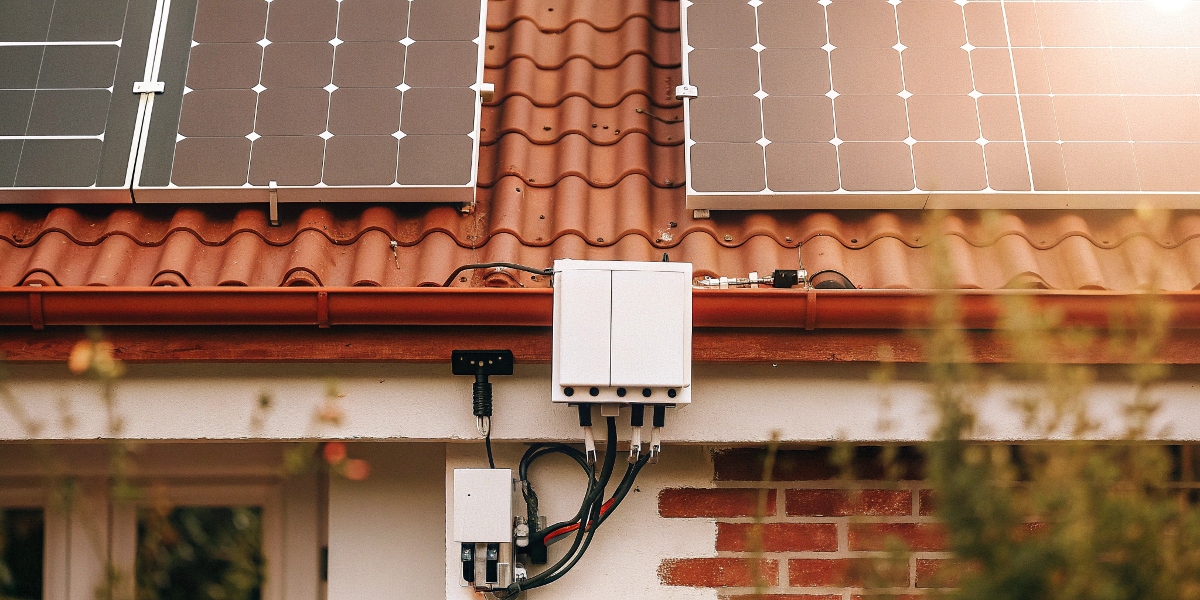
The Brain of the System
I like to explain the hybrid inverter as the brain of a modern electrical system. It's constantly making decisions. Its first job is to look at all available power sources. Is the sun shining on the solar panels? Are the batteries fully charged? Is the grid available, and what is the cost of grid electricity right now? It gathers all this information in real-time, every second of the day. Based on this data and the rules you set, it makes the smartest financial and operational decision for your business.
Making the Right Conversion
After it decides on the best power source, it performs the necessary power conversion. If the sun is shining, it converts the DC power from the panels into AC power for your equipment. If there's extra solar power, it converts it back to DC to charge the batteries for later use. At night, if the batteries are charged, it takes that stored DC power and inverts it to AC. It's a true two-way street for energy, always working to reduce your costs and improve your stability.
The Process Flow
| Step | Action | Description |
|---|---|---|
| 1. Input Sensing | Monitors all connected sources. | It constantly checks power availability and quality from the grid, solar array, and battery bank. |
| 2. Load Analysis | Measures the power demand. | It determines exactly how much energy your connected equipment needs to operate efficiently. |
| 3. Decision Making | Selects the best power source. | Using its internal logic, it chooses the most efficient or cost-effective source available at that moment. |
| 4. Power Conversion | Converts power as needed (AC/DC). | It seamlessly inverts DC to AC for loads, or rectifies AC to DC for battery charging. |
| 5. Output Delivery | Supplies stable, clean power. | It sends perfectly conditioned power to your motors or other sensitive loads. |
Is an inverter the same as a VFD?
Do you hear these terms used as if they mean the same thing? This is a very common point of confusion, and making a purchasing mistake here can be costly. Let's clear it up for good.
No, they are not the same, but they share core technology. A basic inverter just changes DC to AC. A VFD is a more complex device that can also vary the frequency of that AC output to control motor speed. A hybrid inverter can do both jobs.
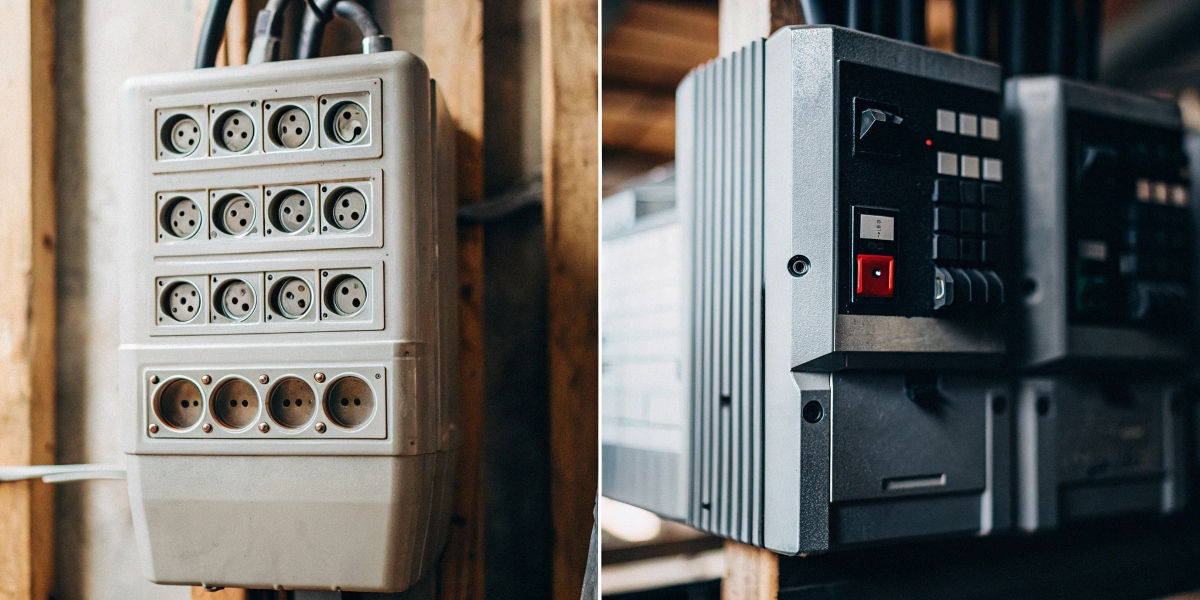
The Basic Inverter
This is a point of confusion I see all the time, even with experienced purchasing managers. A basic inverter has one simple job: take Direct Current (DC), usually from a battery, and turn it into Alternating Current (AC) at a fixed frequency, like 50 Hz or 60 Hz. A small inverter in your car that lets you charge a laptop is a perfect example. It's useful, but it cannot change the speed of an industrial motor because its output frequency is fixed. It's a one-trick pony.
The VFD's Advancement
A VFD, or Variable Frequency Drive, is a much more advanced piece of equipment. It takes AC power from the grid, first converts it to DC inside its circuits (a process called rectification3), and then uses a sophisticated internal inverter to turn that DC back into AC—but at any frequency it needs. This ability to create a variable frequency is what allows it to precisely speed up or slow down an AC motor. So, you can see that a VFD contains an inverter, but its overall function is much more complex and specialized for motor control.
Device Function Comparison
| Device | Core Function | Controls Motor Speed? | Power Flow Direction |
|---|---|---|---|
| Basic Inverter | Converts DC to fixed-frequency AC | No | Unidirectional (DC in, AC out) |
| VFD | Converts AC to DC, then to variable-frequency AC | Yes | Unidirectional (AC in, variable AC out) |
| Hybrid Inverter | Manages/converts power from multiple sources | Yes (as a function) | Bidirectional (Manages multiple sources) |
What are the cons of hybrid inverters?
Are you thinking this technology sounds a bit too good to be true? In my experience, every great solution has trade-offs, and ignoring them can be a risky move. Let's look honestly at the potential downsides.
The main disadvantages of hybrid inverters are their higher initial cost compared to standard inverters or VFDs, and their increased complexity. They require more careful planning and professional installation to ensure all components work together correctly.

Upfront Investment
In my business, I believe honesty is the best policy. I always tell my clients the full picture. There's no getting around it: a quality hybrid inverter costs more upfront than a simple VFD or a standard solar inverter. You are buying a single device that does the job of two or three separate components. For some projects with very tight initial budgets, this can be a major hurdle. However, I always advise clients to calculate the total cost of ownership over several years. The significant energy savings and added reliability from backup power often pay back the extra investment, making it the smarter financial choice in the long run.
Complexity and Installation
Because a hybrid inverter is the central hub for your entire power system—grid, solar, batteries, and loads—the installation is more complex. You have to correctly size not just the inverter, but also the solar array and the battery bank. All components must be perfectly compatible. This is not a simple plug-and-play device. It requires real expertise to design and install the system correctly. As a purchasing manager, your most important step is choosing a partner who has proven experience with these systems. A bad installation can lead to poor performance and even damage the equipment, wiping out any potential savings.
Table of Considerations
| Disadvantage | Description | My Recommendation for Success |
|---|---|---|
| Higher Initial Cost | The unit price is higher because it combines the functions of an inverter, a VFD, and a charge controller. | Ask for a long-term Return on Investment (ROI) calculation. The energy savings and backup power often justify the cost. |
| System Complexity | It requires careful integration of solar panels, batteries, the grid, and your machinery. | Always work with an experienced supplier and installer. Proper system design from the start is absolutely key. |
| Configuration is Key | If it's not sized or programmed correctly for your specific needs, it may not operate at peak efficiency. | Insist on a thorough energy audit and load analysis before purchasing. Don't let a supplier sell you an off-the-shelf solution. |
Conclusion
A hybrid inverter that can act as a VFD offers unmatched control, efficiency, and reliability. It is a smart investment for future-proofing your operations and cutting long-term energy costs.

